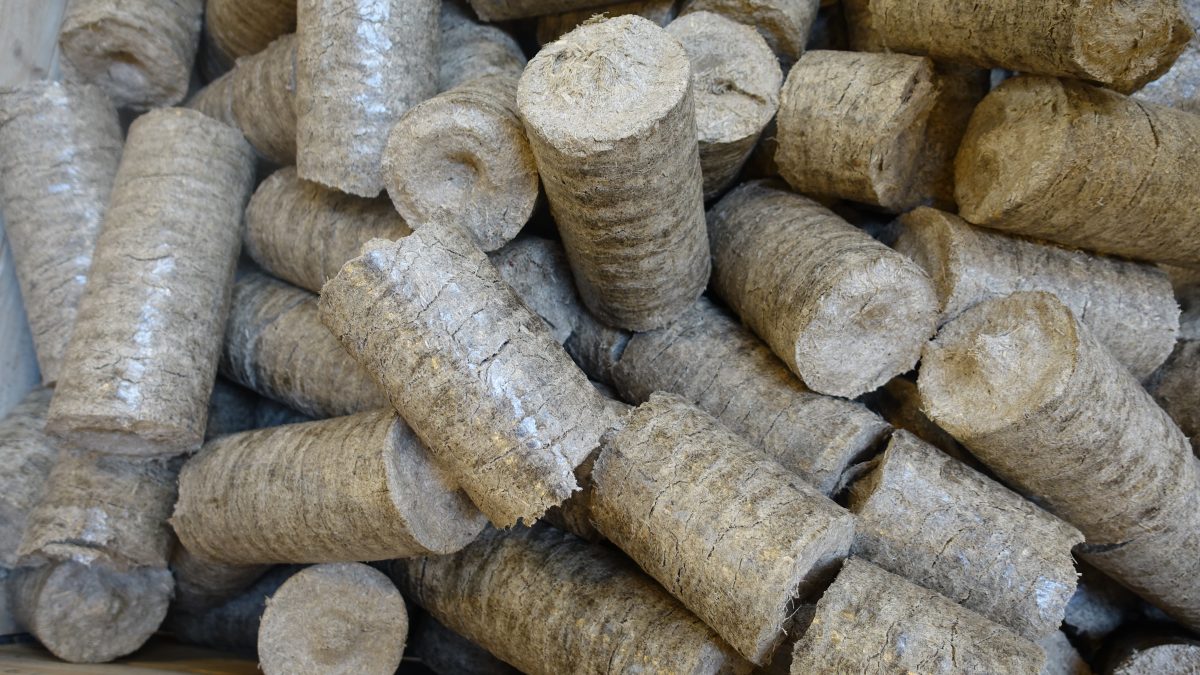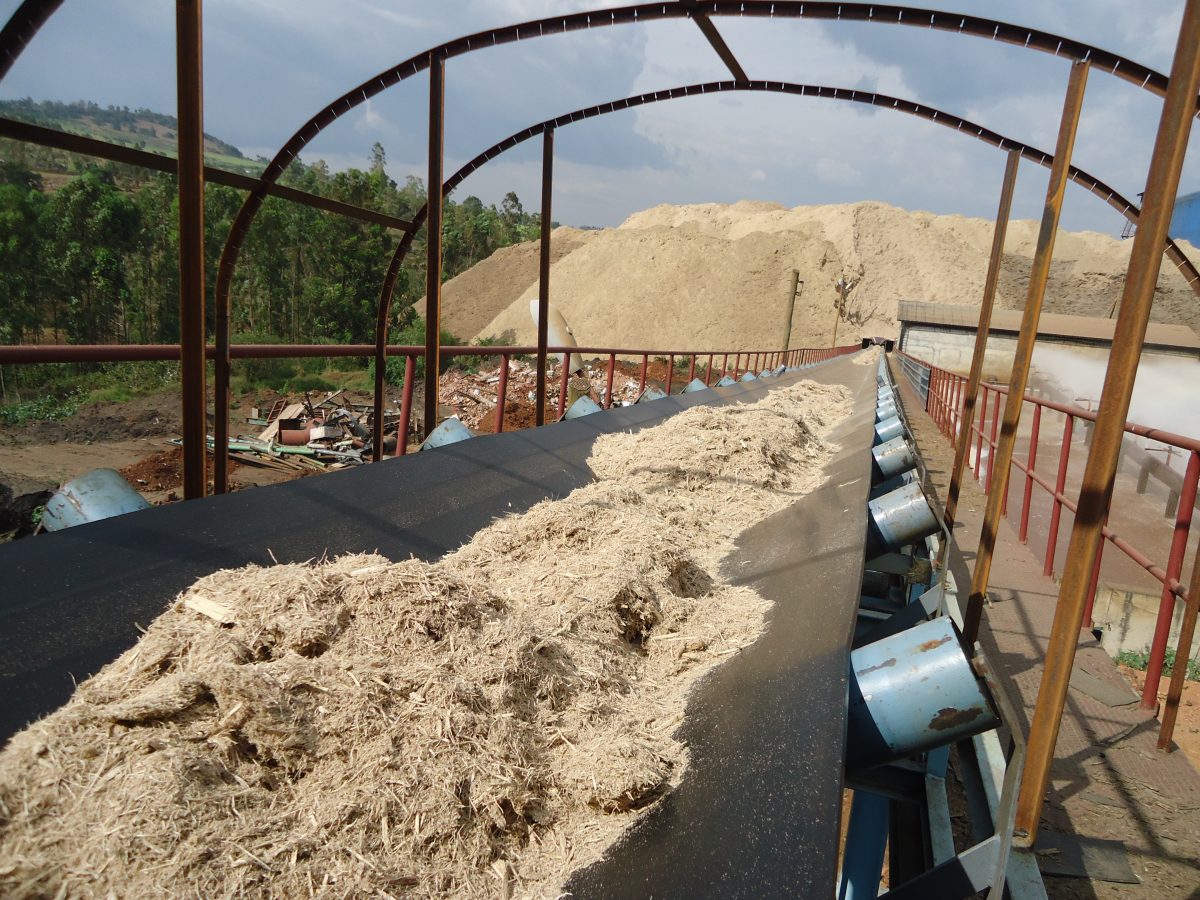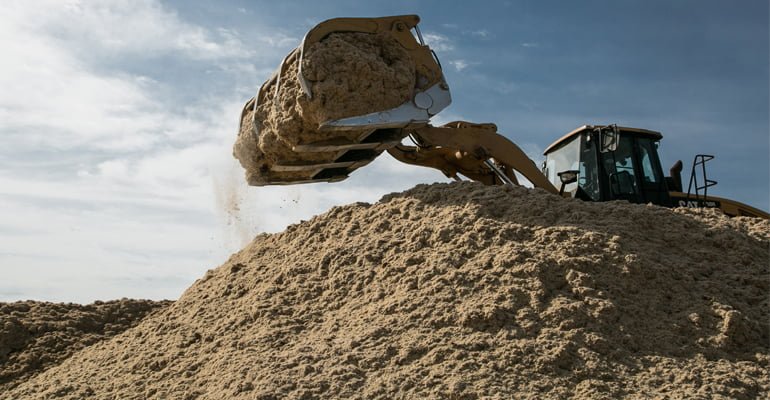Bagasse is a by-product of sugar canes from the production of sugar juice. Historically, bagasse has been left in the field to rot or to be burned, which has caused CO2 emissions. However, bagasse is a valued biomass, and some studies suggest that it can cover most electricity consumption in the rural areas of the world.
Instead of burning bagasse, or letting it rot it makes sense to put a residue to good use in energy production and thus saving other sources of energy such as wood.

After processing, bagasse has a relatively high moisture content; 45-50%. This means that the raw material must be handled and dried professionally before it can be briquetted. The drying process is necessary to secure a moisture level below 15%, but drying in the sun will not secure the homogeneous fuel necessary for the bagasse to function as a source of energy. The briquetting presses from C.F. Nielsen are excellent for producing briquettes from bagasse, and we offer a complete line concept with down-sizing, drying and briquetting elements. This provides the optimal processing of bagasse as a raw material. Our briquetting presses have the highest capacities in the world, with the largest press converting up to 3 tons of bagasse to briquettes an hour. We deliver a high level of automation, which makes it possible to operate 24/7, 365 days per year.
As bagasse has a higher content of ash and silica, it creates more wear on the equipment than wood. However, at C.F. Nielsen, we have developed special accessories and wear parts, which equips the briquetting press for more wear.

We have created a total line concept for producing briquettes from sugarcane bagasse. We integrate our briquetting lines with other suppliers to deliver a complete solution for bagasse processing. This total line concept includes engineering hours to establish the right type of set-up for our individual customers. This service includes a technical flow diagram, and a specification of components as well as 2D and 3D layouts of the whole line. The full line concept further include all equipment such as raw material reception and storage, drying of the bagasse, milling the raw material, filter and cyclone system and a buffer silo system for the process before briquetting.
Furthermore, we offer after sale services, including spare parts and service, but also projecting and managing assistance for up to 6 months after the installation. The line comes with a double infeed system on the largest briquetting presses combined with a large main motor and PLC controls which secures the highest capacity in the industry. Our presses are of the latest design and they can be delivered with many options.

If you have any questions regarding our machines or if you need knowledge on raw materials, please contact us.

Esben M. Vestergaard
Regional Sales Manager
Do you want us to contact you?
Please fill out the form and we will get back to you.